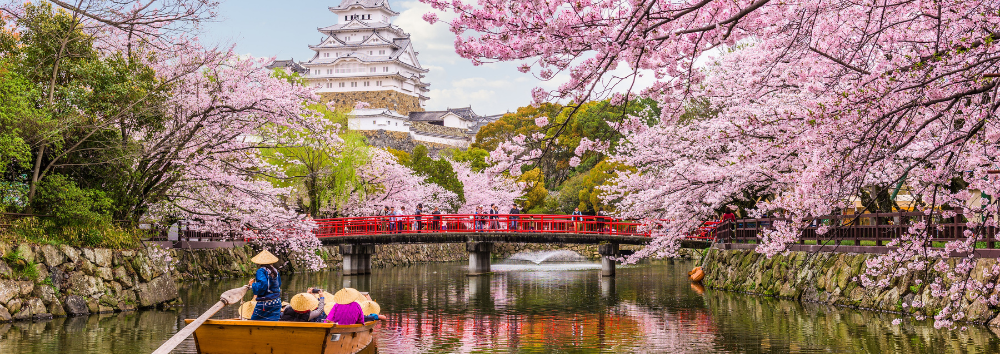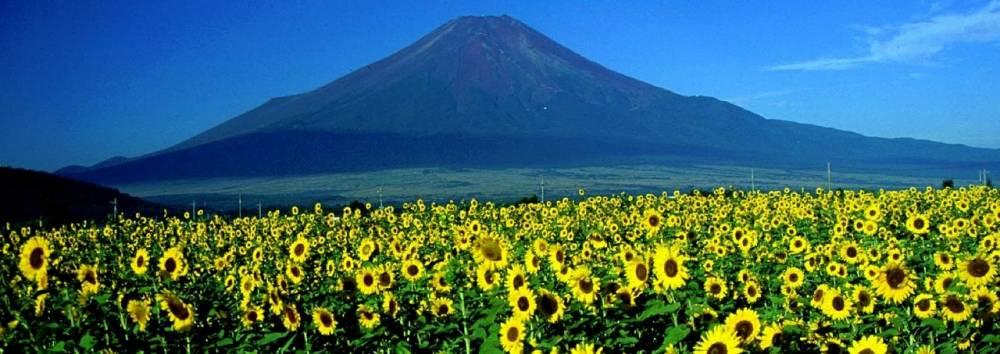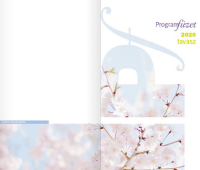The Japanese Photography of the 90’s
The Japanese Photography of the 90’s
Summary
To understand Japanese arts – and specially photography, it is convincing to choose a period of time as centerpoint for further understanding. My choice is the 90’s, as a period of time were mid generation artists meets newcomers who experience the changes of time with a new attention.
In art history, when we examine a trend, we consider, how far we should go back in time to understand it’s phenomena. In the case of the 90’s photography in Japan, it seems meaningful to go back till the 60’s avant-garde photography, specially the artists who played key role to realise the Provoke magazine and its aesthetical statement. Their approach to identify image as independent expression compared to text, to let the image be blurred and grainy inspired the further generations. Artists like Daido Moriyama or later Araki Nobuyoshi with their honest and authentic street photography showed the reality of people living in big cities of Japan.
The 90’s as decade brought a turning point in culture and arts. The end of the so called „Bubble- economy” generated unsureness in society by asking what will happen if a development will collapse, and if so, what will be the reason of such undesirable change. The arts, and mostly the photography reacted on a way what expressed the end of the economic progress by showing images of a „declining” society, what is not about richness, but about decadence and degradation. Shibata Toshio, Hatakeyama Naoya, Ryuji Miyamoto and others made pictures what showed empty landscapes as metaphors for human conditions.
But the decade also brought the ascension of a new generation, which defined life on a different, less structured and more liberal way compared to the older generation. Artist like Takashi Homma, Hiromix and Yurie Nagashima documented the new lifestyle and freedom what was expressed in street fashion and new thought about possible life and carrier models.
The active photographers of the nineties opened up new international recognition of the genre. The internationally called „subjective documentarism” practiced by young photographers abroad raised the interest towards Japanese photography as well as an imprint of an always changing world less seen form the West.
If we look for the specific characteristics of Japanese photography, we can note that the artists are very conscious about the technical approach of photography – as Japanese art payed always a deep attention toward the technology it was using. The nineties what the decade when digital photography appeared, so the choice for the photographers what kind of camera and how and why to use it were specially justified in Japan. The other character we can observe in Japanese photography is the notion and importance of details. Regarding the vision, the world for the Japanese artist and photographer begins with monitoring and emotionally approaching the smaller details. By understanding them, the description of the world in a wider scale will be more elaborated and meaningful. The respect of the beauty what can be found everywhere, in small and big scale, in popular or less favourable topics as well, gives the final message of my topic.
Zsolt Petrányi, Ph.D.
 Japán Alapítvány Budapesti Iroda
Japán Alapítvány Budapesti Iroda









